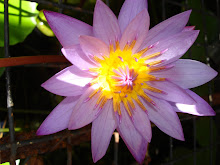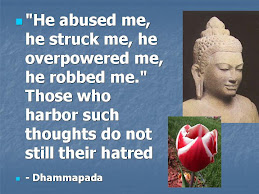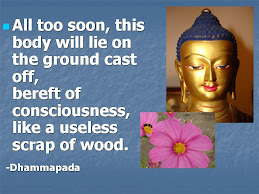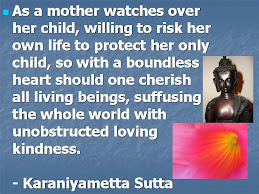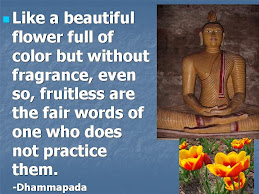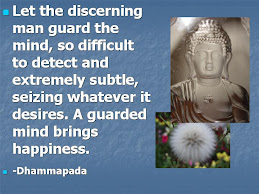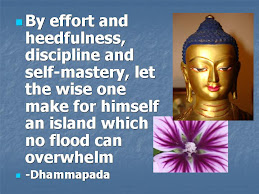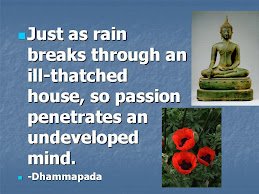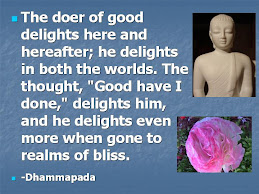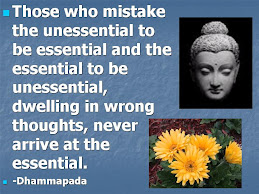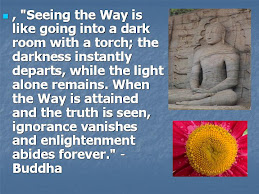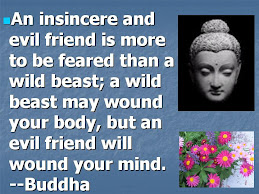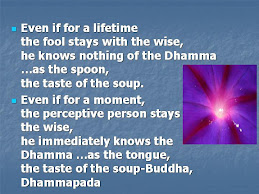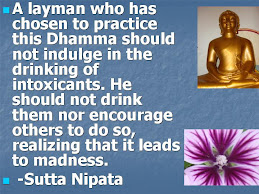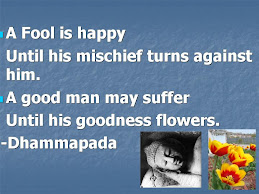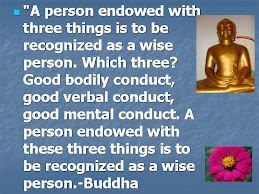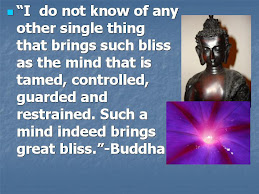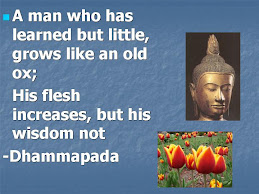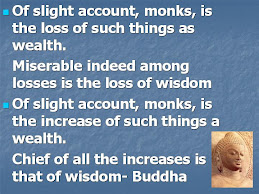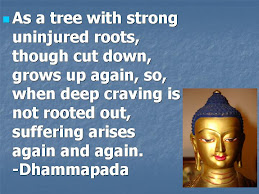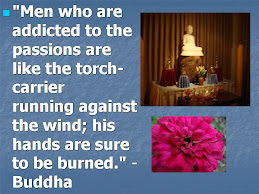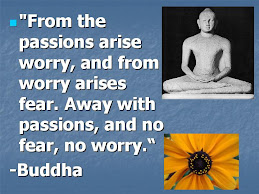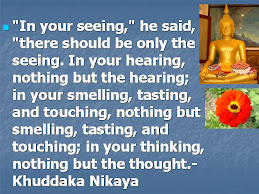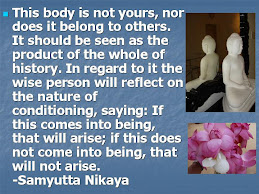
Figure 1: This figures shows that clinging to five aggregates is the basis of stress or suffering
Buddha did not say life is stress and suffering. Buddha only said there is stress and suffering in life (the First Noble Truth). What some people fail to see is that not only he said there is stress and suffering in life, he also gave the cause for it (the Second Noble Truth), how to get rid of it (the Third Noble Truth) and a clear path to get rid of this stress and suffering (the Fourth Noble Truth).
"Now what is the noble truth of stress?
Birth is stressful, aging is stressful, death is stressful; sorrow, lamentation, pain, distress, & despair are stressful; association with the unbeloved is stressful; separation from the loved is stressful; not getting what one wants is stressful.
In short, the five clinging-aggregates are stressful..."
" Maha-satipatthana Sutta: The Great Frames of Reference" (DN 22), translated from the Pali by Thanissaro Bhikkhu. Access to Insight, 15 October 2011,http://www.accesstoinsight.org/tipitaka/dn/dn.22.0.than.html . Retrieved on 17 January 2012.
What does it really mean when you say "In short, the five clinging-aggregates are stressful."?
Let us take the first cause stress or suffering which is birth. As we all know when the fetus comes through the birth canal there is a lot of moulding of the head and the body. There must be a lot of pain perceived by the child being born. This is implied by the loud cry of every child as the fist response after birth. This is the expression of stress.
The perception of the pain during birth is the activity of the mind. It is basically the activity of the five aggregates. It is the body and touch sensation, body consciousness, contact, feeling, perception... as we have discussed in previous posts. Please see mind works model to appreciate the flow of Nama Dhamma (conciousness, contact, feeling, perception, and thoughts) for further reference. This is why birth stress is in short defined as clinging to the activity of the five aggregates.
Same principal applies to all the stresses shown in the diagram above (Figure 1) whether it is physical or mental stress. These include the stress of aging, death, sorrow, lamentation, pain (physical), distress (mental pain), despair, association with un-beloved, separation form the loved and not getting what one wants. They all are ultimately perceived by the mind and become activities of the five aggregates of clinging. Mind does not have hands to cling. We cling with our thoughts. Craving facilitates this clinging. Witout Craving there is no clinging. So we now come to the second Noble Truth, the Noble Truth of the origination of stress. This is nothing other than our Craving.
Therefore the first noble truth, the noble truth of suffering and stress is all about clinging to the five aggregates.







